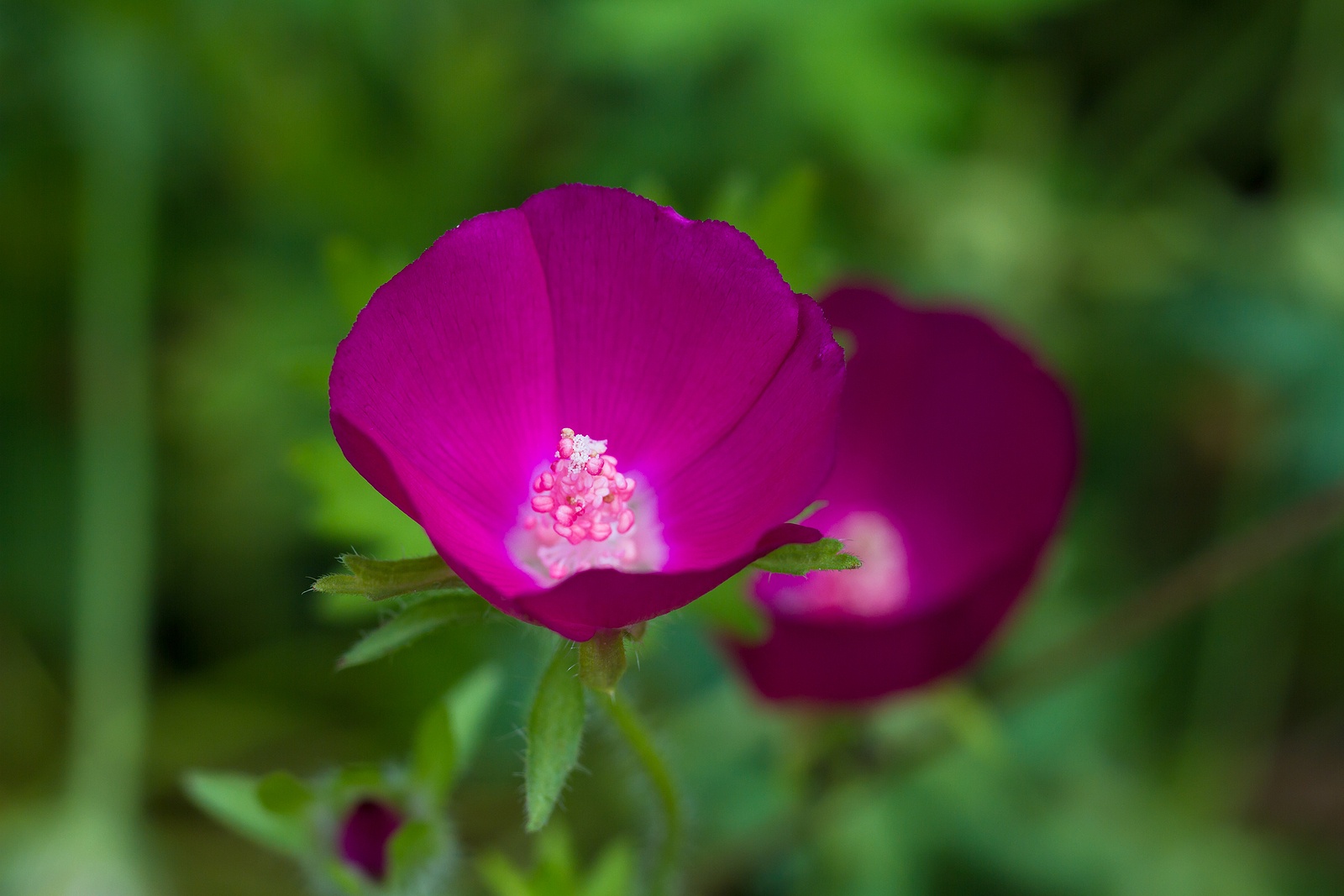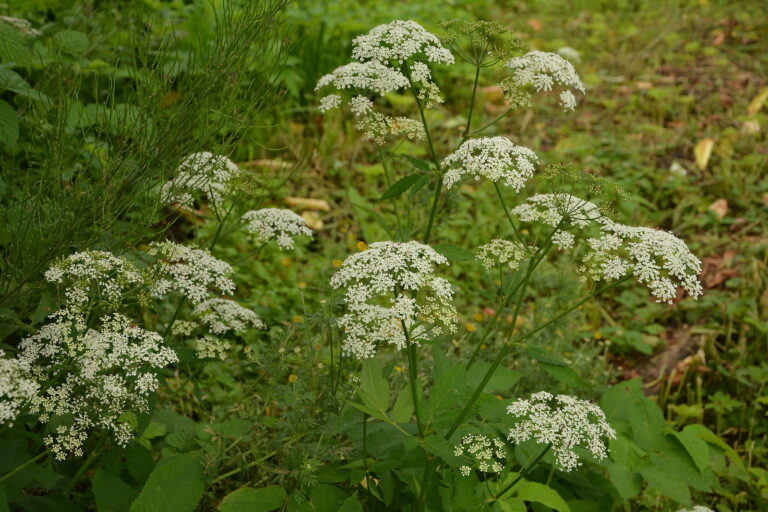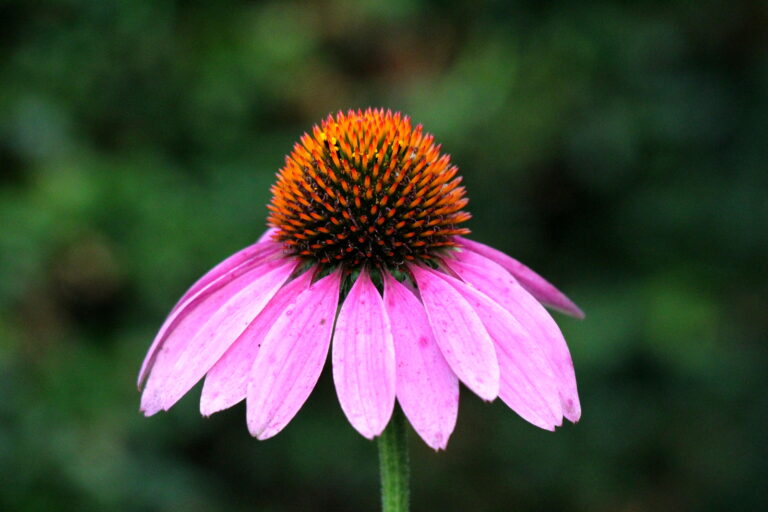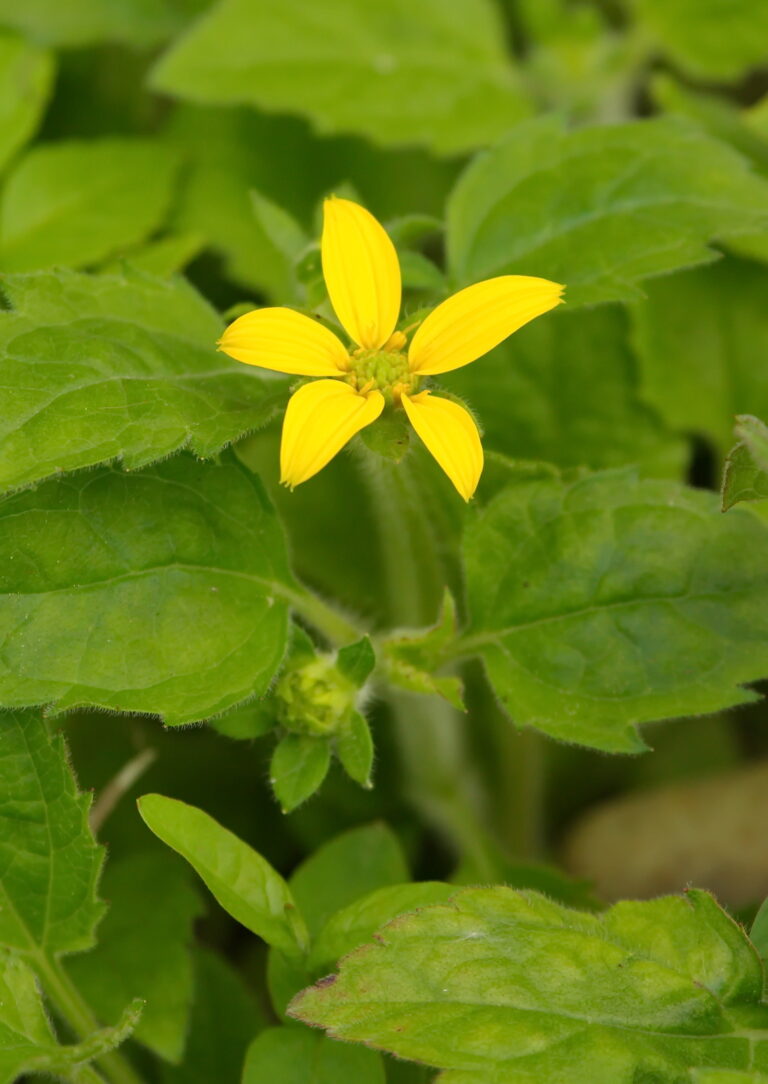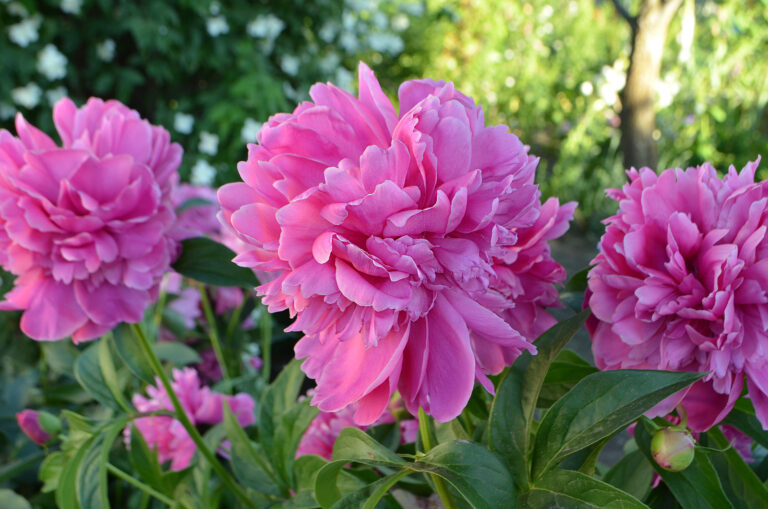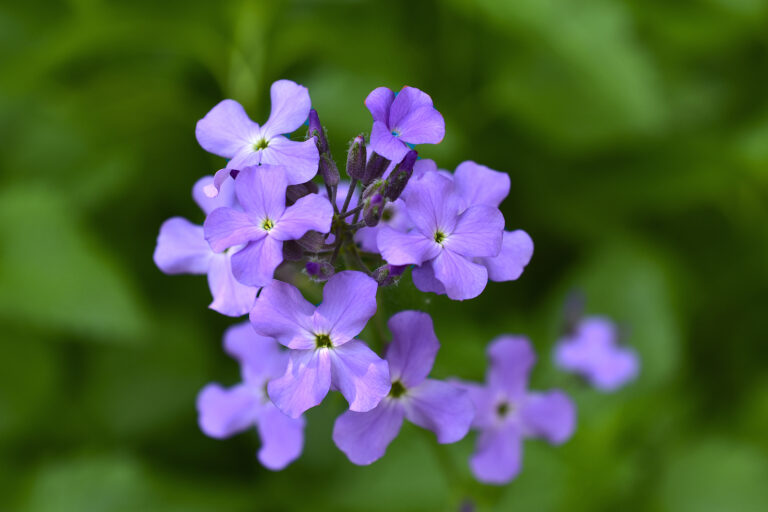How to Grow Poppy Mallow — Callirhoe
Callirhoe–commonly called poppy mallow–is a perennial native to the prairies and grasslands of North America. Callirhoe bears mallow or poppy-like flower somewhat akin to the hollyhock, its cousin.
Callirhoe are low-growing plants; the showy flowers are inordinately large for the size of the plant. Flowers are visible from a great distance; they are brilliant wine red, rose, pink, and occasionally white.
Callirhoe thrives in hot, dry locations. They are a good choice for a dry site, dry border, or rock garden. They are also well suited to wildflower and native gardens.

Get to know Callirhoe
- Plant type: Perennial
- Growing zones and range: Zones 4 to 6
- Hardiness: Hardy to Zone 4
- Height and width: 6 to 12 inches (15-30 cm) tall; 2 inches (5 cm) wide.
- Foliage: Deeply lobed palmate leaves
- Flowers: Abundant, 5-petaled poppy-shaped blossoms
- Flower colors: Bright reddish-pink with white throats.
- Bloom time: All summer
- Uses: Callirhoe are good for large borders, wildflowers plantings, and rock gardens, and for planting at the top of a slope, and seashore plantings.
- Garden companions: Lamb’s ears (Stachys byzantina), Texas bluebonnet (Lupinus texensis)
- Common name: Poppy mallow
- Botanical name: Callirhoe involucrata
- Family name: Malcaceae
- Origin: Prairies and grassland of United States and Mexico
Where to plant Callirhoe
- Plant Callirhoe in full sun.
- Plant Callirhoe in well-drained, sandy soil.
- Protect Callirhoe from winter moisture.
Callirhoe uses
- Callirhoe will thrive in a hot, dry site.
- Use Callirhoe in a border or rock garden or in a wildflower or native plant garden.
When to plant Callirhoe
- Sow seed where you want Callirhoe to grow in spring.
- Set out container-grown plants in spring or autumn.
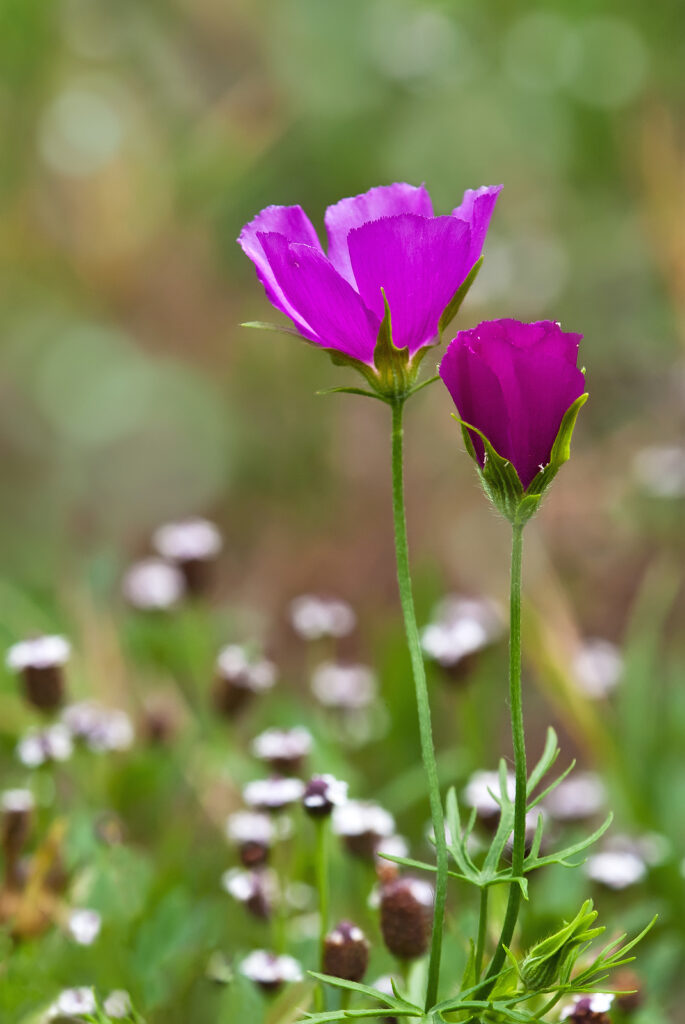
Planting and spacing Callirhoe
- Space Callirhoe 12 inches (30cm) apart.
- Sow seed 1/8 inch deep in evenly prepared soil where you want it to grow. Callirhoe has a deep tap-root and does not like being transplanted or moved.
How to water and feed Callirhoe
- Callirhoe have stems that are trailing, and their deep, carrotlike roots can withstand drought conditions.
Callirhoe care
- Callirhoe grow rapidly, but are sometimes short-lived and in some locations biennial.
- Callirhoe has a deep tap-root and does not transplant well.
Callirhoe pests and diseases
- Callirhoe can develop powdery mildew and rust.
- Callirhoe can develop spider mites and aphids.
Callirhoe propagation
- Callirhoe seeds will germinat in about 8 to 10 weeks at 65°F (18°C); soak seeds in tepid water overnight before sowing. It is best to sow seeds where you want them to grow.
- Divide 4-inch (10cm) stem cuttings of Callirhoe in early summer.
- Root softwood cuttings in early summer.
- Mature Callirhoe plants are difficult to transplant.
Callirhoe varieties to grow
- Callirhoe involucrata, wine cups: Sprawling stems bear 2-inch cherry red mallow-like flowers in hot weather; good ground cover in hot, dry summer regions.

